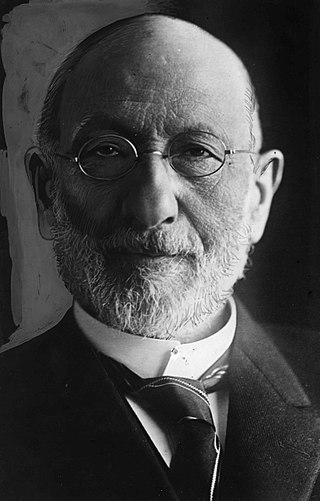
Harris Newmark was a Jewish American businessman, philanthropist, and historian who was born in the West Prussian city of Löbau. Newmark immigrated to the United States in 1853. He sailed from Europe to New York City, and then to San Francisco. He joined his older brother and other family in Los Angeles. His branch of the family were among the founders and developers of the region, founding Montebello, California and the related area.
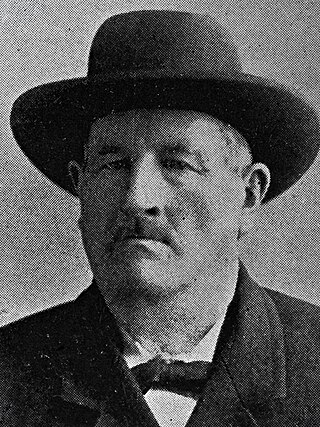
José Mascarel was a 19th−century sea captain, California landowner, investor, baker, and vintner; and a mayor of Los Angeles, California.
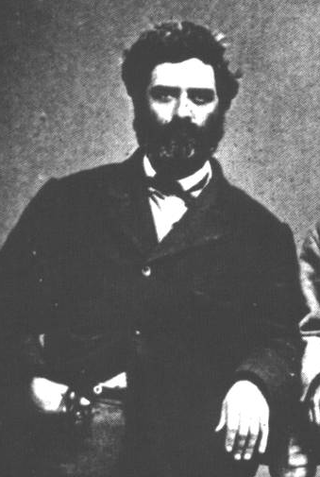
Tomas Avila Sanchez (1826–1882), soldier, sheriff and public official, was on the Los Angeles County, California, Board of Supervisors and was a member of the Los Angeles Common Council, the legislative branch of the city.
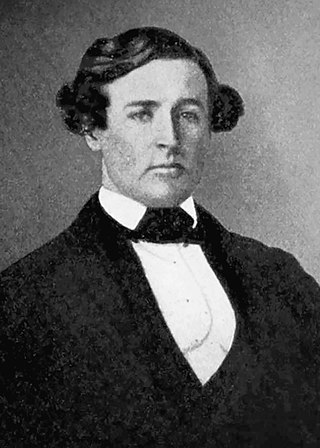
Francis Mellus was a Los Angeles County Supervisor and a successful California business man.
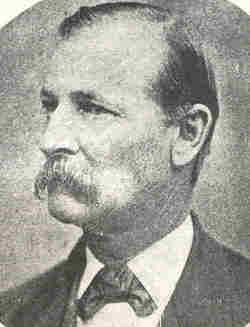
Joseph Lancaster Brent was a lawyer and politician in California, Louisiana and Maryland and a brigadier general in the Confederate army.
The Newmark family of Southern California engaged in commerce, land ownership and land development in Los Angeles County, California, during the 19th Century. Family members included:
Henry R. Myles was a physician who migrated to Los Angeles, California, soon after the city became a state following the Mexican–American War. He was elected to the Los Angeles Common Council, the governing body of the city, in a special election on September 6, 1853, for a term that ended May 4, 1854.
William Taylor Barnes Sanford (1814–1863) was an American road builder, a landowner and the second postmaster of Los Angeles, California, after it became a part of the United States. He was a member of the Los Angeles Common Council in 1853–54.
Arthur McKenzie Dodson (1819—1874) was a member of the Los Angeles Common Council, the governing body of that city, from 1859 to 1862.
Vincent A. Hoover (1824–1883) was a bank director, a land developer and a member of the Los Angeles Common Council, the governing body of that city, in the mid-19th century.
Elijah Moulton (1820–1902) was a pioneer settler in Los Angeles, California, after the Mexican–American War, and became one of its wealthiest citizens. He was a member of the city's governing body, the Common Council.
Felix Signoret (1825–1878) was a member of the Common Council, the governing body of the city of Los Angeles, and also of the Los Angeles County Board of Supervisors in the 19th century. He was the leader of a vigilante gang that carried out a lynching of a reputed murderer in 1863.
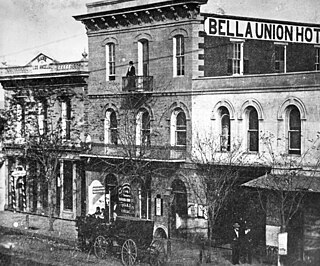
The Bella Union Hotel in Los Angeles, California, constructed in 1835, is California Historical Landmark No. 656. It was effectively the last capitol building of Mexican California under Governor Pio Pico, in 1845–47, and was a center of social and political life for decades. The hotel was located at N. Main Street, on the east side, a few doors north of Commercial Street, which then ran east–west between Arcadia and Temple. The hotel was later known as the Clarendon and then as the St. Charles.
John Schumacher was a German immigrant who became a wealthy landowner in Los Angeles, California, and was a member of that city's governing council.
Julius L. Morris (1830–1909) and Morritz Morris were two German-born brothers who settled in Los Angeles, California, in 1853 and became prominent retail merchants in the newly incorporated American city as well as community leaders. Julius was a member of the Los Angeles County Board of Supervisors in 1861–63 and city treasurer in 1863–64; Morritz was a member of the Los Angeles Common Council, the governing body of the city, in 1866 for a partial term and in 1868 and 1869 for two one-year terms.
Henry Wartenberg was a merchant and civic leader in Los Angeles, California, during the 19th century. He was the first president of the city's first volunteer fire department, in 1868–69, and a member of the Los Angeles Common Council, the governing body of the city, from 1868 to 1870.
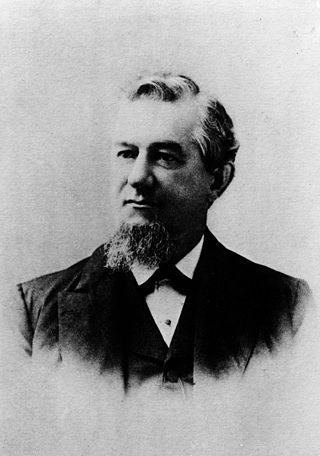
Edward Falles Spence was a banker, entrepreneur and property developer who was a member of the California legislature, a Nevada County official and the mayor of Los Angeles from 1884 to 1886.
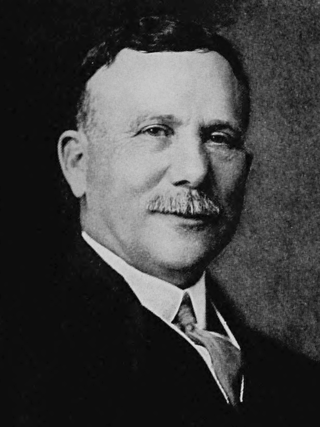
Maurice Harris Newmark was a US grocer and writer from Los Angeles, California.
Henry Hammel was a German-born American businessman and politician was a business partner of Andrew H. Denker. He served on the Los Angeles Common Council from December 9, 1882, to December 9, 1884, and, with the help of his brother-in-law Denker, ran hotels and owned an extensive spread of agricultural property that eventually became the city of Beverly Hills, California.
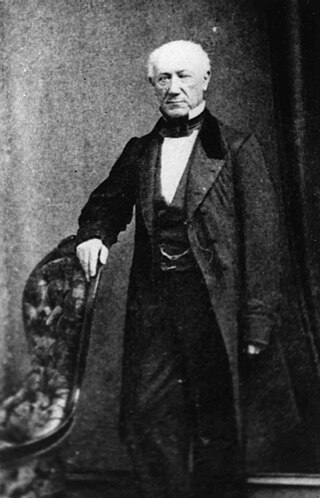
John J. Jones was a Polish-born American property developer and politician who served as President of the Los Angeles Common Council from 1870 to 1871.